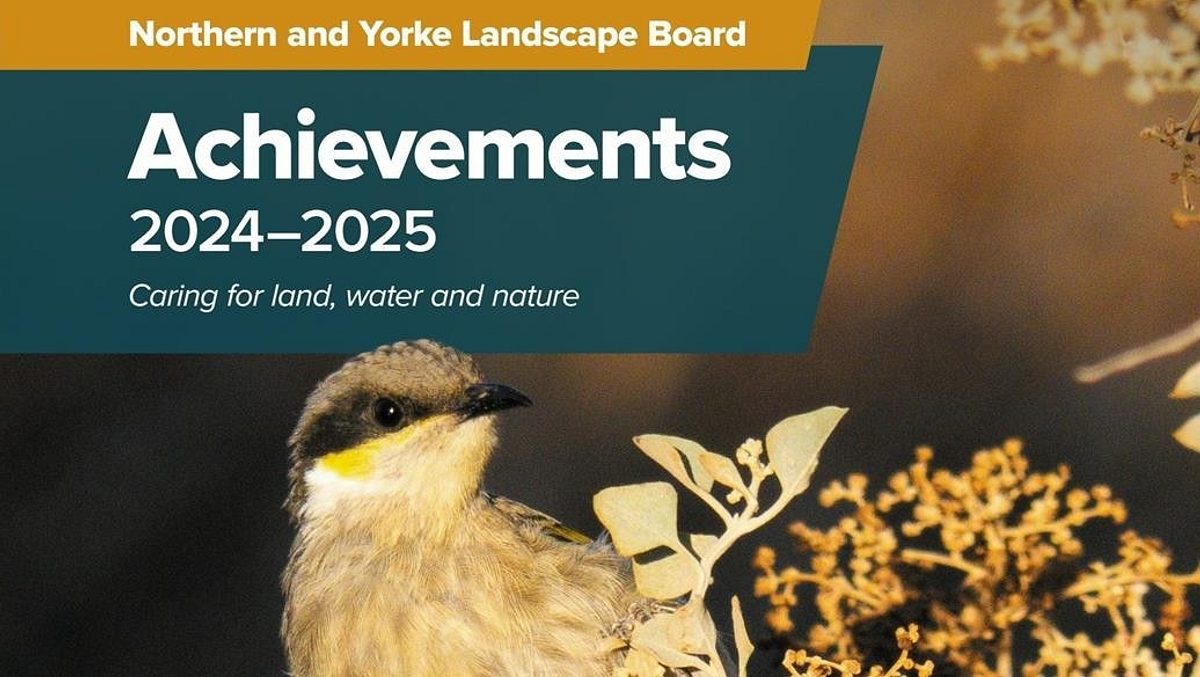Fantastic (mallee)fowl facts

When you scratch beneath the surface, malleefowl reveal themselves as fascinating birds that deserve our attention and protection. Get to know them a little better by reading these five malleefowl facts.
Malleefowl are industrious and intriguing birds that are nationally listed as Vulnerable. The key threats impacting their conservation are feral cat and fox predation, habitat loss and climate change. As part of the Marna Banggara project, which aims to restore southern Yorke Peninsula’s spectacular landscape, malleefowl mounds in Dhilba Guuranda-Innes National Park are monitored each year. Read the 2023 results.
Here are some little known facts about malleefowl:
- Eggs are incubated in a large mound, built by the father from leaf litter, dirt and debris, which breaks down to create a cosy compost incubator.
- Malleefowl hatch underground, anywhere up to 750mm deep, and then dig their way out of the mound.
- Once hatched, the baby malleefowl are on their own, left to fend for themselves.
- It’s a tough start! They have an 80% mortality rate in the first 10 days of their life.
- Nationally listed as Vulnerable, malleefowl remain under threat from predators such as foxes and cats, as well as an increase in temperatures, reduced rainfall, and habitat loss.
How can we help? Report malleefowl sightings, volunteer to assist with monitoring, watch out while driving on the roads in known breeding areas, and leave the mounds alone if you come across one.



